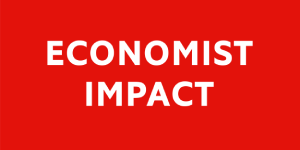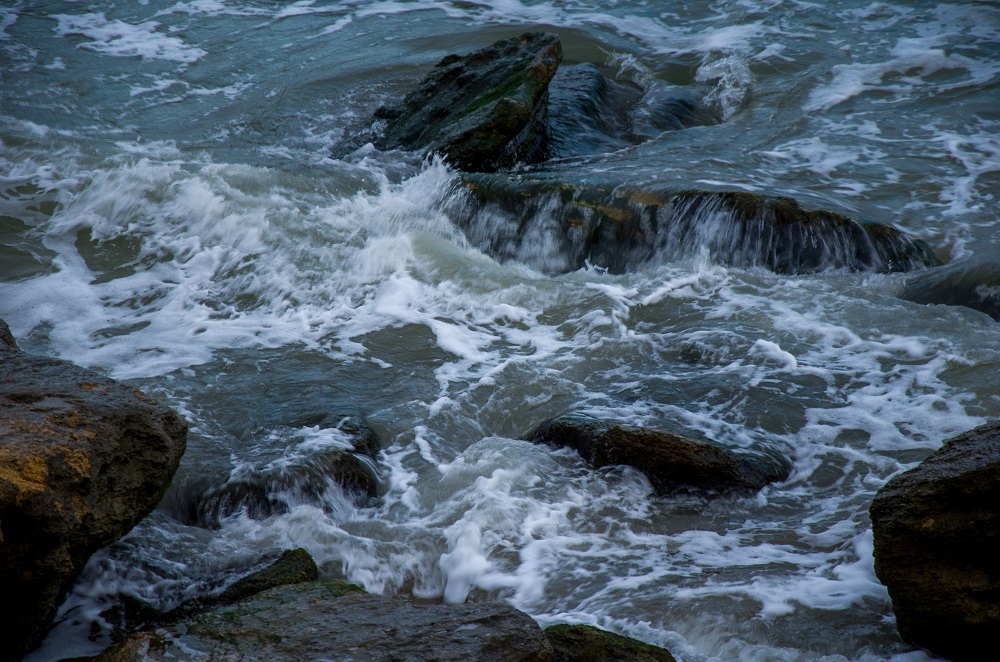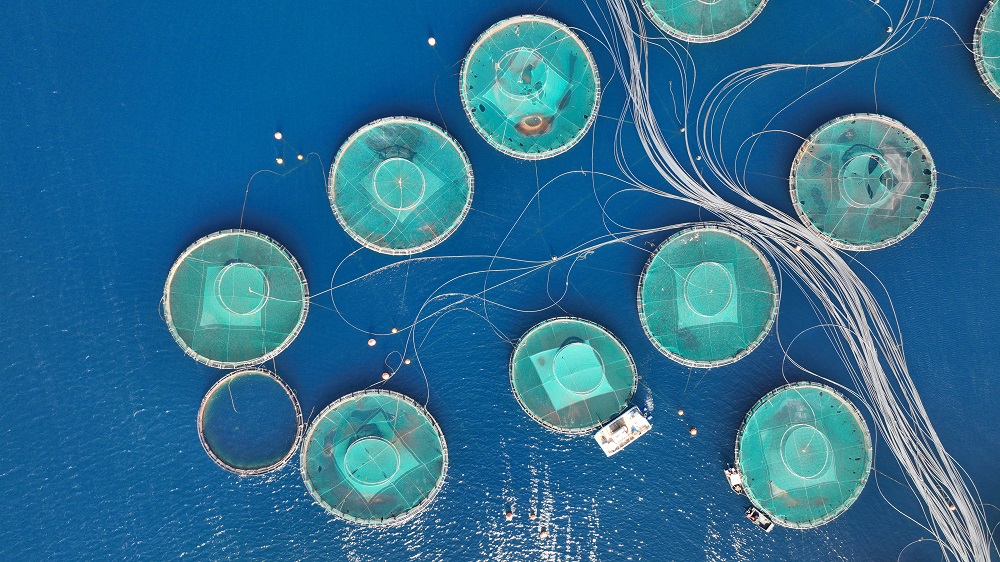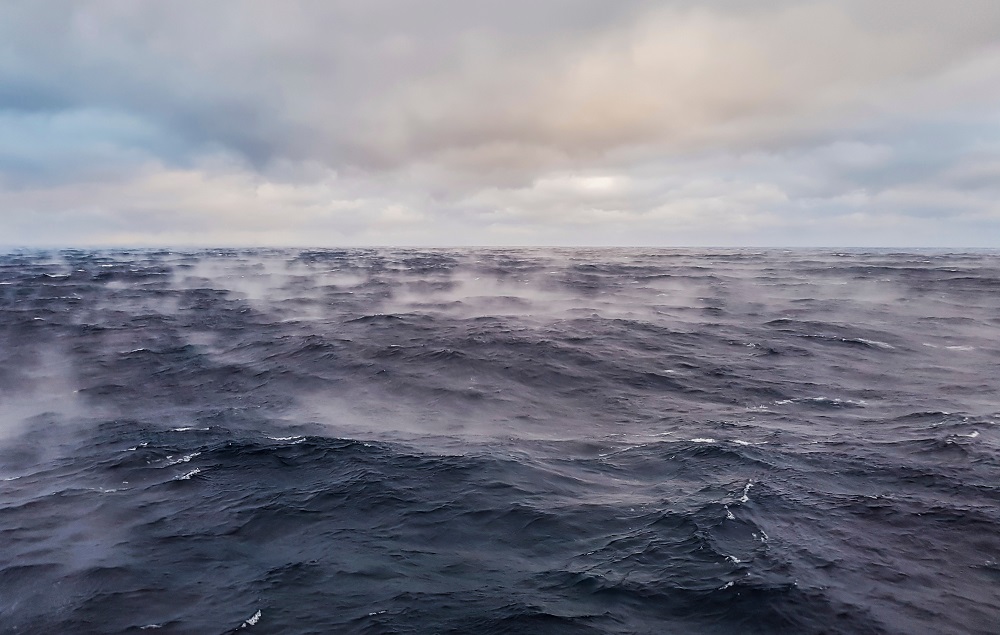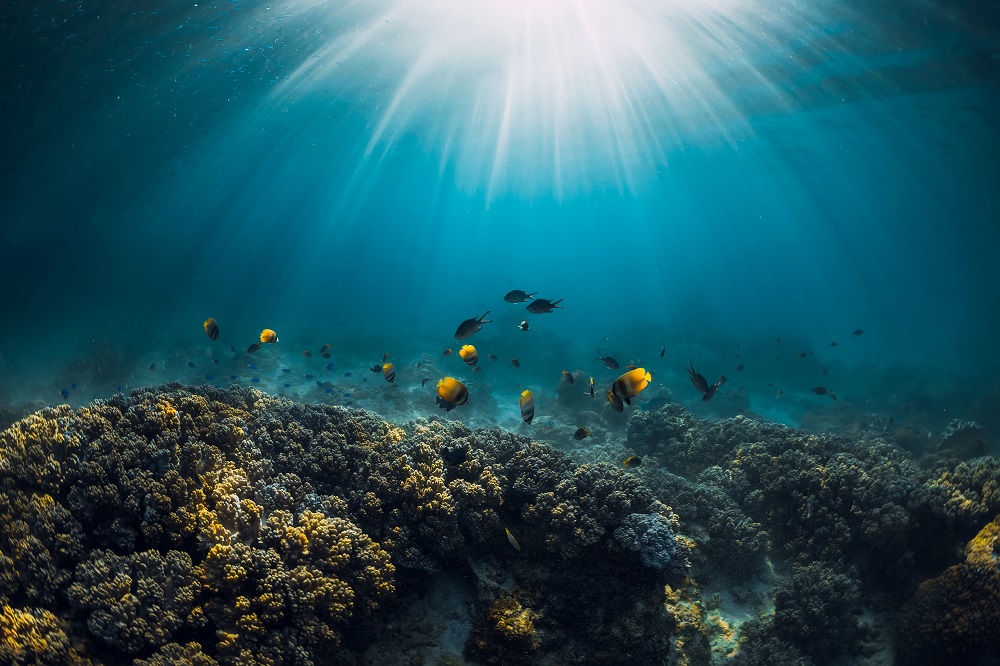The scientists we spoke with, all of whom generously shared their time and expertise, told us broadly the same story: chemical pollution in the ocean is an urgent and underappreciated crisis that if left unaddressed will lead to considerable—and possibly irreversible— damage to the marine environment. Patchy data makes it difficult to quantify the risk, but there is enough information to conclude that we need to act—now.
In contrast, the business leaders, investors and policymakers we interviewed, many of whom also generously shared their time and expertise, told a broadly different story. Few mentioned chemical pollution as a priority. None cited marine chemical pollution as a priority. The gulf between what the science is telling us must happen to reduce and prevent marine chemical pollution, and what is actually happening is worryingly wide.
The Invisible Wave is not intended simply as a critique of industry, investors or policymakers, although there is no shortage of critical analysis. Many of those we spoke with in business, finance and policy said that they haven’t considered marine chemical pollution because they are otherwise absorbed by decarbonisation and circularity: this has some resonance, even if it can also be a smokescreen. Instead, we hope to spark a discussion across governments, industry and civil society about how to begin grappling with this important issue and the actions we need to take to achieve ocean health.

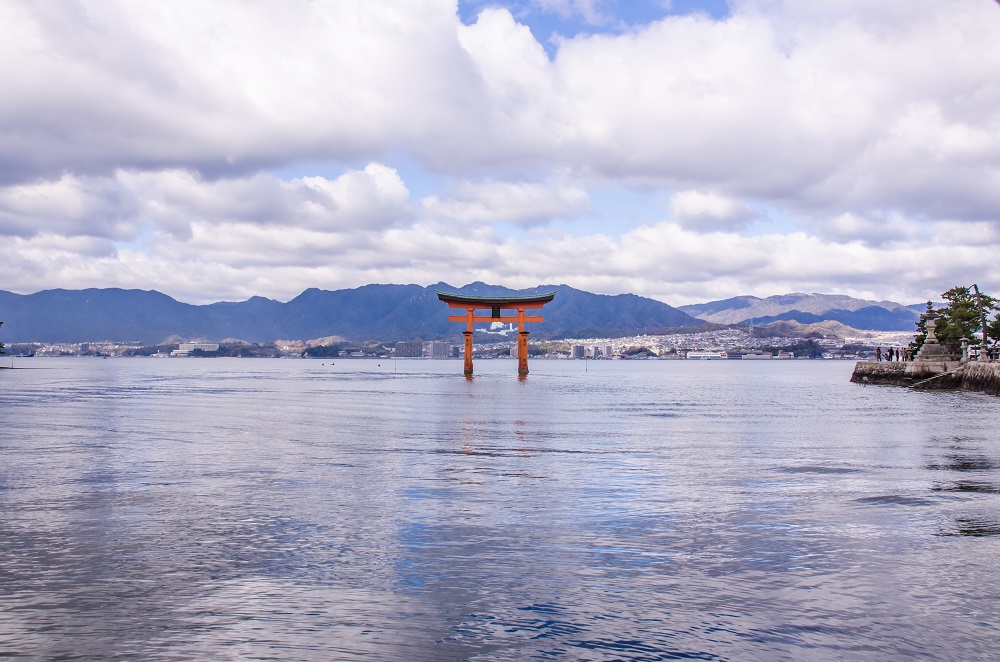

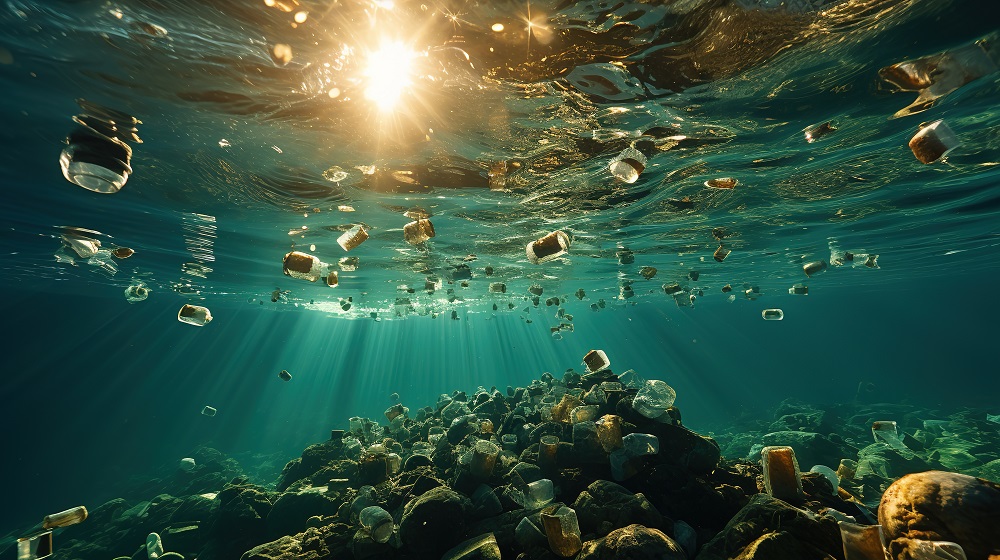

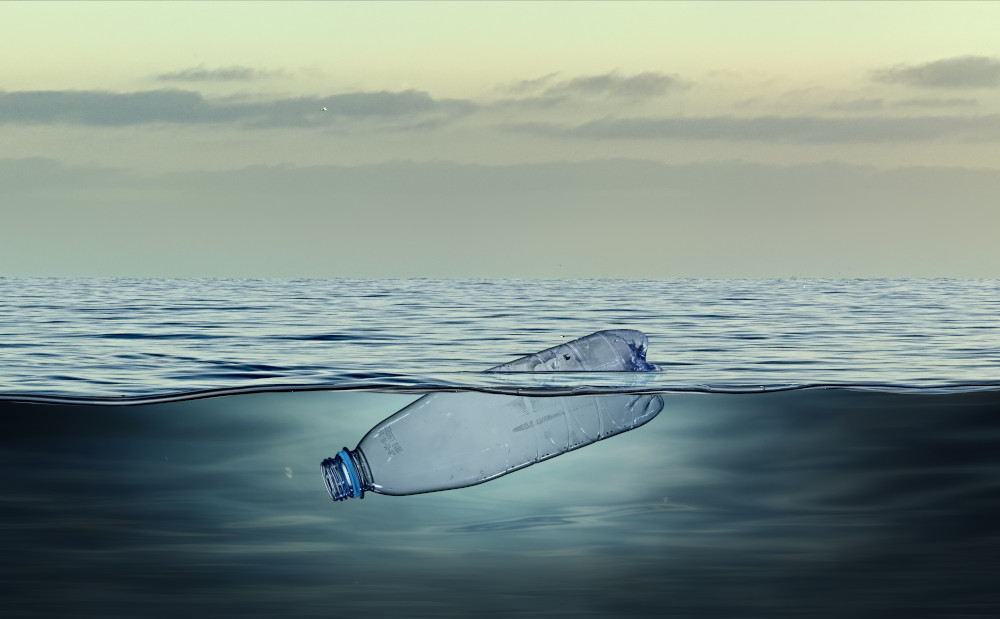




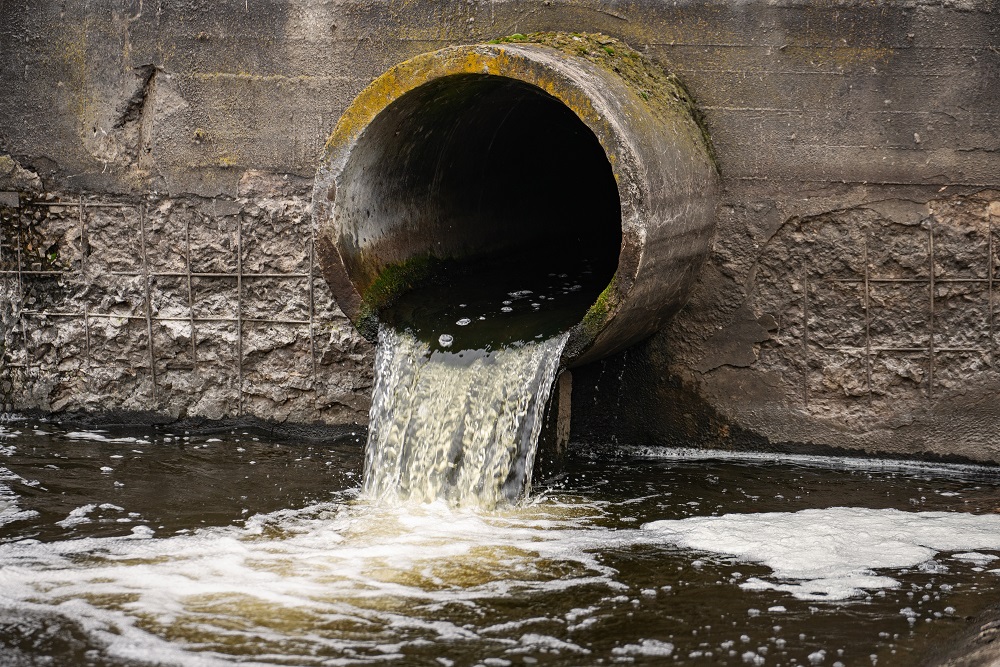 The scourge of untreated wastewater
The scourge of untreated wastewater Slowing
the chemical tide: safeguarding human and ocean health amid
chemical pollution
Slowing
the chemical tide: safeguarding human and ocean health amid
chemical pollution Hazardous chemicals in plastics - the discussions at INC
Hazardous chemicals in plastics - the discussions at INC








